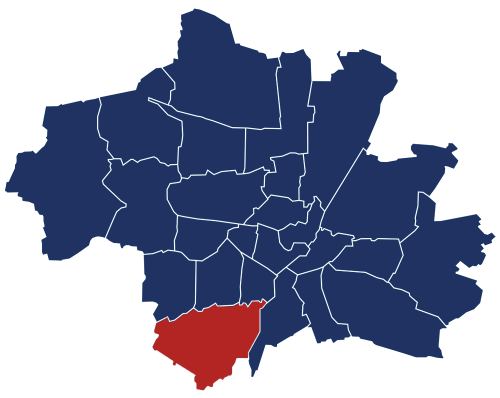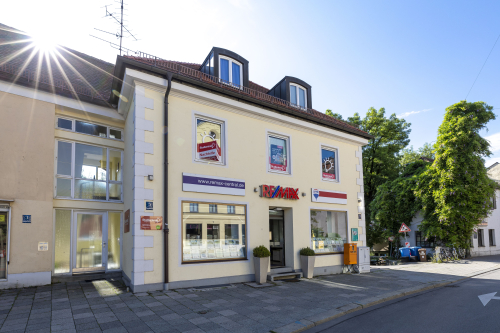Thalkirchen- Obersendling-Forstenried- Fürstenried- Solln
Historical Background
The borough of Thalkirchen-Obersendling-Forstenried-Fürstenried-Solln (TOFFS) is made up of the districts Thalkirchen, Obersendling, Forstenried, Fürstenried, and Solln. The history of the borough dates back to the 12th century, when the first settlements in Solln and Forstenried were established. In 1854, Solln was incorporated into Munich, followed by the other districts in 1938. The borough’s development was significantly shaped by industrialization in the 19th century, with Obersendling in particular known as the location of the Siemens factories.
Location
The borough is located in southern Munich and borders the borough of Sendling and the district of Giesing to the north. The Isar River forms the eastern boundary, while the borough borders Grünwald and the Perlacher Forest to the south. TOFFS is well connected to Munich’s subway network and major roadways. The various districts offer a mix of urban living and proximity to nature.

Subdivision of Thalkirchen-Obersendling-Forstenried-Fürstenried-Solln
Building structure
The development within the borough varies greatly depending on the district. Thalkirchen and Obersendling are characterized by older rental apartments and industrial buildings, while Forstenried and Fürstenried are mainly defined by single-family homes and row houses. Solln is dominated by villas and upscale residential complexes. The borough is notable for its numerous green spaces, such as Forstenrieder Park and the Isar River hiking trail, which are particularly attractive to families and nature lovers.
Population
With around 87,271 inhabitants, TOFFS is one of Munich’s medium-sized boroughs. The proportion of foreign residents is approximately 19.3%, which is average compared to other Munich boroughs. The district is particularly popular with families as well as older residents, which is reflected in its diverse population structure.
Age Structure
The age structure in the borough shows that 43% of the population is between 15 and 45 years old, indicating a high proportion of young families and commuters. The borough is attractive to people who wish to live in a quiet and green environment while still enjoying close proximity to Munich’s city center.
Numbers and Facts
-
Area: 1,776.84 hectares
-
Population: 87,271
-
Foreign resident percentage: 19.3%
-
Average age: 43.1 years
-
Green space share: 18.3%




